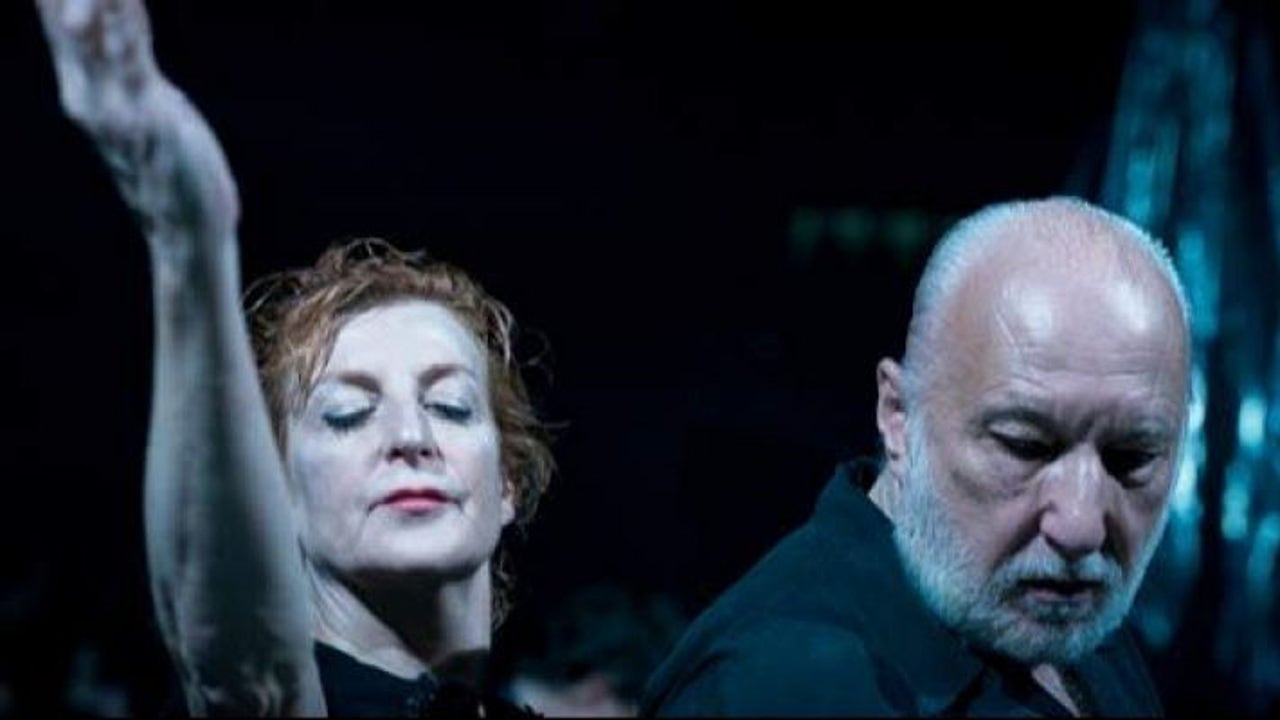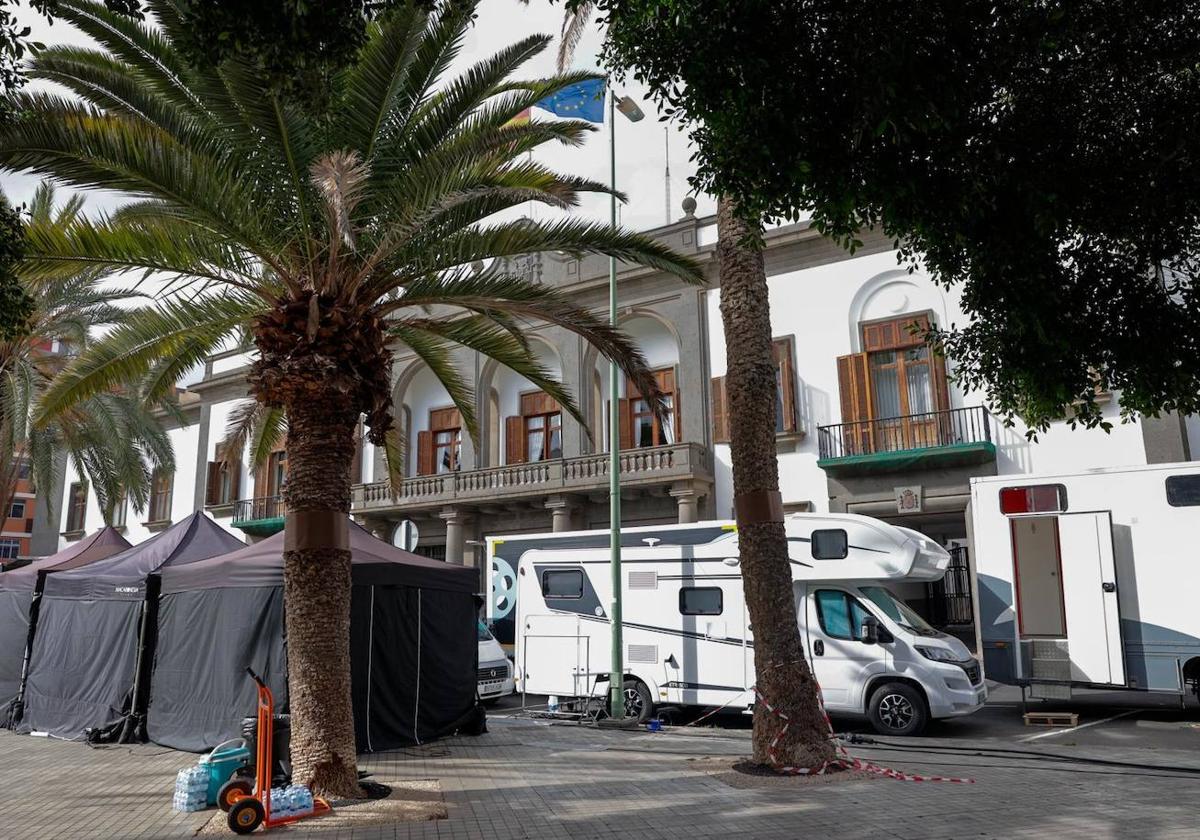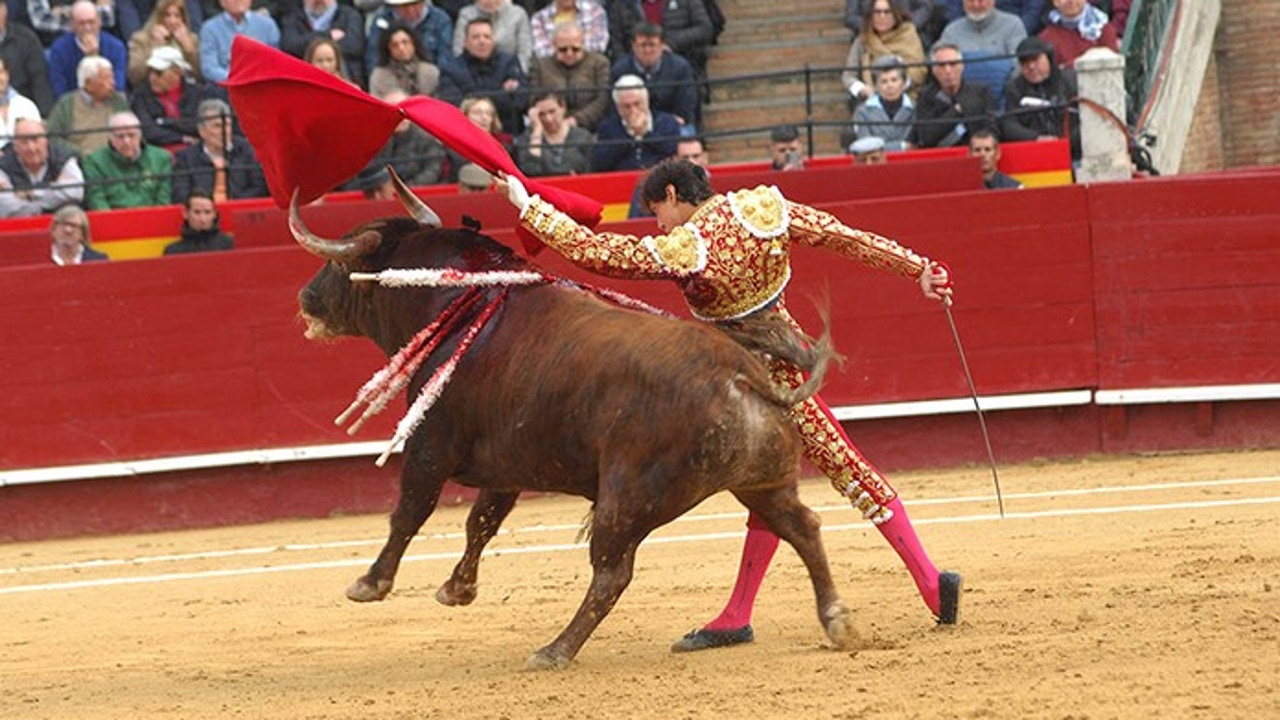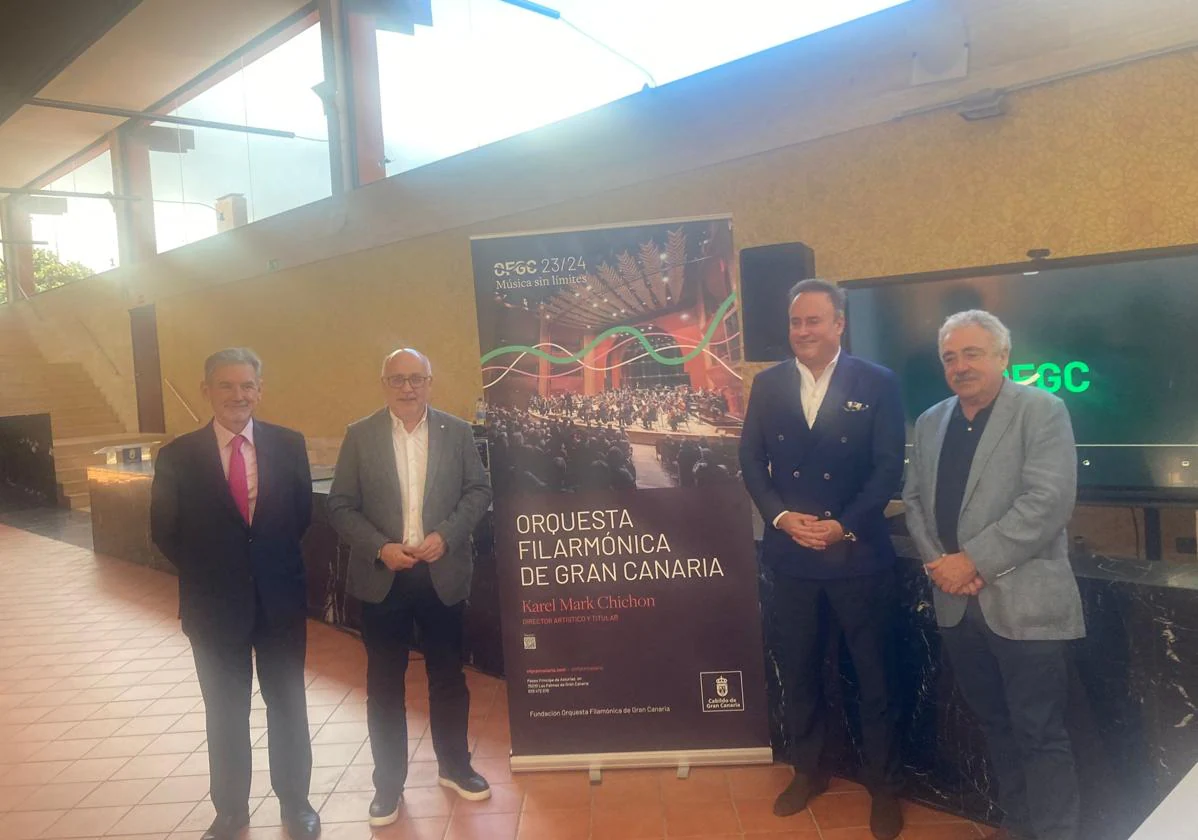Reina Sofía surrenders to the fascist vanguard of Giménez Caballero


Francisco Umbral said of him that he was "the Groucho Marx of Spanish fascism." And it is that his verbal excesses and his seamless delivery to Franco ended up leaving him aside. But long before that happened it was one of the fundamental names of the avant-garde, of the so-called Silver Age. This is how the Reina Sofía National Art Center Museum understood that just acquired the complete collection of literary posters made by Ernesto Giménez Caballero, also known as Gecé in the history of letters. The originals arrived last December, as this newspaper has learned, at the Madrid museum.
It was the center itself that contacted the owners of the 23 works for its acquisition. About 200,000 euros have been paid for a set that since it was exhibited at the famous Galeries Dalmau in Barcelona, in January 1928 they have been in private hands. Its owner was the editor and bibliophile from Barcelona Gustavo Gili who always had the originals in his funds. His heirs have been responsible for the sale to the Madrid museum. The complete collection was acquired last year by the Ministry of Culture at the request of the center run by Manuel Borja-Villel.
"For us it was a long-sought ensemble," they say from Queen Sofia. Such is the interest that It is hoped to be able to dedicate an own room to the collection in the permanent exhibition re-order of the museum, something that is expected to culminate between this year and the next. The museum remembers that they are not the first works of Giménez Caballero that are in its funds. For two years, the two films that the intellectual shot: "Essence of Verbena" and "News of Cineclub", both of (1930), have been part of the museum's tour. Now, in addition to the posters, work is being done on the acquisition of other materials linked to Gecé, specifically with the avant-garde decoration of his office in the 20s.
The museum has worked in the past with Gili on the dissemination of literary posters. in 1994. On that date, in a sample organized by the University of Barcelona in collaboration with the Documentation Center and Library of the Reina Sofía National Art Center Museum, you could see, reinforced its documentary value and its expressive force almost as if it were a visual poem.
In his peculiar autobiography "Memories of a dictator," Giménez Caballero defines his literary posters as "the revolution in criticism by adopting graphic synthesis to announce and define a book. He was a great success and was a forerunner of the current “posters” of the hippies ». A few years earlier, in 1927, Gecé pointed out that the poster had been seen "as a betrayal plotted on a field of literature itself." However, he considered that "the time has come to restore the industrial adjective applied to new art to its positive degree." It was precisely in 1927 when Gecé exhibited for the first time his literary posters at Inchausti Editions, in Madrid, a year before they arrived at the Barcelona hall directed by Josep Dalmau. Its author published his work in 1927 in the volume "Posters", by Espasa-Calpe.
Ironic look
Halfway between “collage” and drawing, the pieces now owned by Reina Sofía are dedicated to writers Rafael Alberti, Pío Baroja, José Bergamín, Ramón María del Valle-Inclán, Jean Cocteau, Gustavo Gili, Benjamín Jarnés, Federico García Lorca, Ramiro de Maeztu, Gabriel Miró, Gregorio Marañón, Filippo Tommaso Marinetti, Pedro Muñoz Seca, José Ortega y Gasset, Ramón Gómez de la Serna, José María Salaverría, Guillermo de Torre and Miguel de Unamuno. We can also find one about «Europe and three young painters of La Mancha», which were Gregorio Prieto, Benjamín Palencia and Gabriel García Maroto. Another work makes an ironic look at the art critics of the moment, pointing out the views around a model of Eugenio d'Ors, Manuel Abril, Juan de la Encina or Enrique Díez Canedo, among others. Giménez Caballero, hidden under the pseudonym of Gecé, also makes a poster that the observer looks through a spectroscope at the Madrid press of the time, such as "The Nation", "The Debate", "The Sun", " The Correspondence of Spain »,« The Herald of Madrid »or« The Socialist ».
However, the most celebrated poster of the whole ensemble is the one entitled "Universe of contemporary Spanish literature" where it draws the particular solar system of the Spanish letters of the Silver Age. There we have planets like Pombo - with a form very similar to Gómez de la Serna -, Gabriel Miró, Juan Ramón - followed closely by Bergamín - or that of «The Literary Gazette». In the manner of Saturn, the planet Ortega y Gasset is inscribed in its ring the name "Magazine of the West" surrounded by satellites such as Salina, Espina, Zubiri or Jarnés. There are also kites like Pío Baroja, Valle-Inclán with long beards and glasses or Pérez de Ayala. At one end of this universe we also have the Academy nebula, with the presence of Azorín, Benavente, Machado, D’Ors or Ricardo León. The newspaper "Abc", meanwhile, seems to have its own solar system that revolves around the Luca de Tena star.
On April 7, 1928, Ernesto Giménez Caballero gave a lecture on his posters and admitted that names were missing, especially what he called "new literary production of Spain." «I owe this observation to friend Pedro Salinas. which, with her, made me put myself to the previous classifying task of synthesizing data to plot the postulate of the cartel ». However, it did not get to put in that work of extension. What he did achieve is that the posters, after passing through Madrid and Barcelona, will travel through Paris and Berlin. In a letter from Ernesto Giménez Caballero to Dalmau on March 7, 1929, he wrote that “my posters are in Paris and go to an exhibition in Berlin. On the way back I will deliver them to friend Gili ».
A fascist author for the vanguard
Giménez Caballero is owed the publication of one of the first titles of Spanish surrealism, «Yo, sewer inspector», as well as the creation of the fundamental «The Literary Gazette». However, along with his interest in the avant-garde, he also showed a special predilection for fascism. He promoted the magazine "El Fascio" and was responsible for Franco's propaganda in Salamanca during the war.











